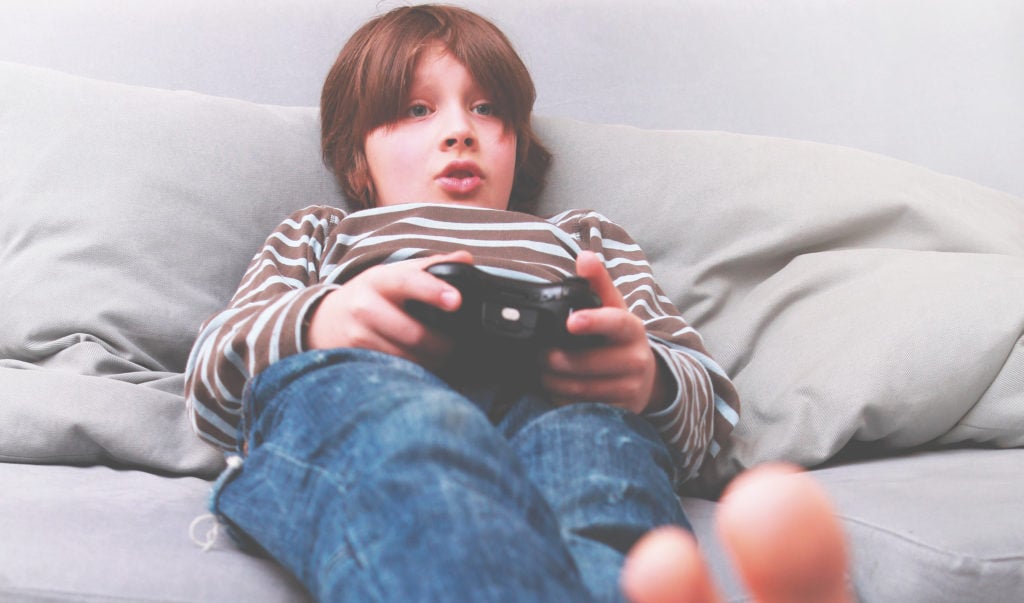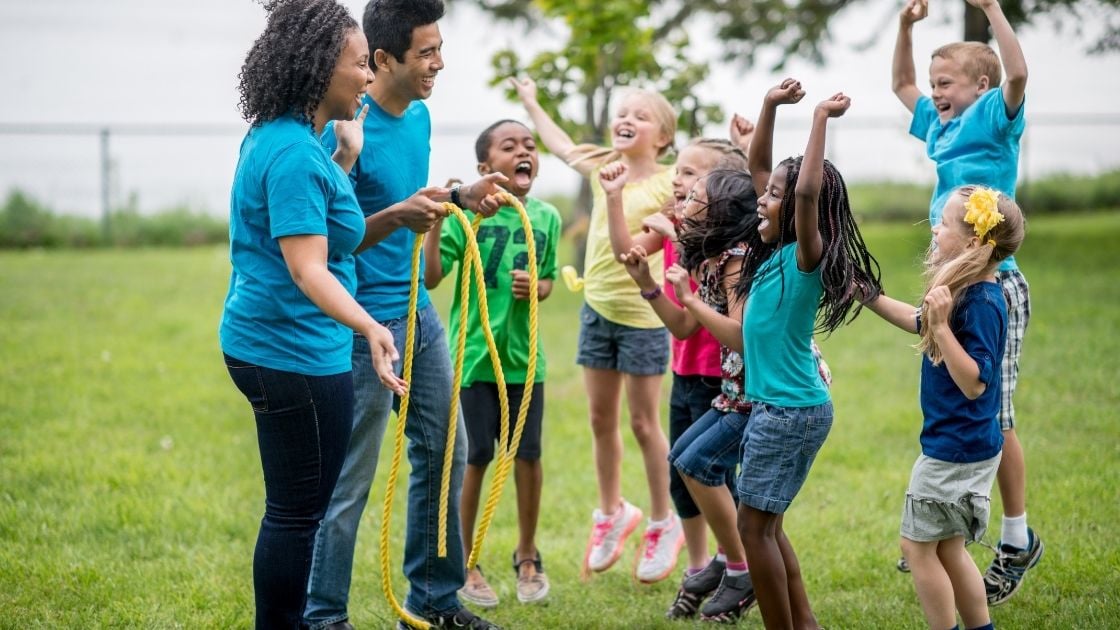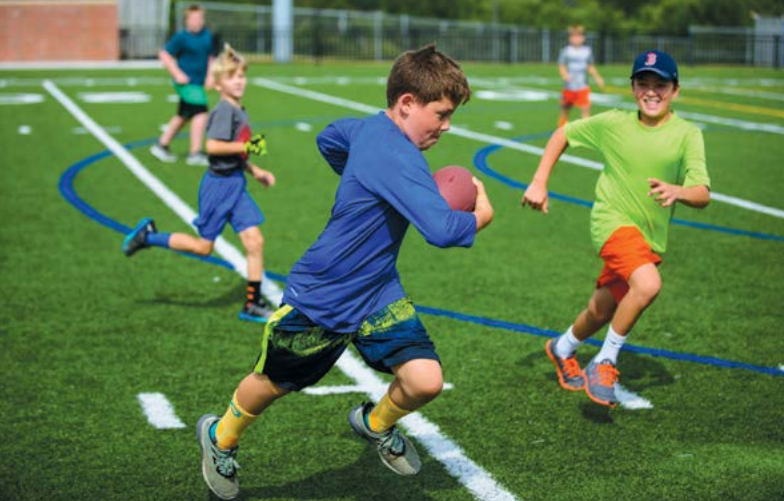As children grow older, parents and caregivers eventually start thinking about whether it’s the right time for their child to spend some time at home alone. Perhaps they’re thinking about whether the child can return home from school on their own or whether it’s okay to let them be alone while they run a quick errand.
Minnesota Guidelines & County Regulations
Unlike many other states, Minnesota does not list a specific age for when it’s okay for a child to stay home alone or be looked after by another child.
However, there are some broader laws in place that stress the importance of making sure children receive proper and suitable supervision. Each county is required to enforce those laws.
Most counties in Minnesota will assign a social worker to look into the safety of a child if the following rules are not followed for children:
- Children under the age of 8 are never left alone for any period of time
- Ages 8-10 may be left alone for less than three hours
- Ages 11-13 may be left alone for less than 12 hours
- Ages 14-15 may be left alone for less than 24 hours
- Ages 16-17 may be left alone for longer if there is a plan in place about how to respond to an emergency
Assessing a Child’s Readiness
Legal guidelines are just a starting point for determining whether a child is ready to be home alone. A child’s unique ability to be comfortable and responsible, as well as the specifics of their time spent home alone should all be taken into consideration.
For example, leaving a child to go to school on his or her own or to come home to an empty house is a bigger responsibility than just leaving your child while you run a few errands. There are more variables involved when your child is leaving or entering the house alone. If your child is given this responsibility, it’s important that he has a strong awareness of his surroundings.
Think about when your child gets off the bus, for example. Would he notice if there was an unfamiliar car or person near his home? How about if there is a car continuing to drive by or circle around while he waited at the bus stop? If your child lacks an awareness of his surroundings, he isn’t ready to be home alone.
Many times in life things go as planned—until they just don’t. As adults, we’ve learned what steps we need to take when something goes differently than expected. Children are very much concrete thinkers. It’s difficult for them to think and understand that sometimes a secondary plan is needed. If you find that your child isn’t able to think beyond Plan A, then it’s too early for them to be left home alone.
In general, when assessing your child’s readiness, they should be able to confidently answer the following questions:
- Who to call if something goes wrong
- What to do if he or she has forgotten or lost a house key
- What to do if someone comes to the door
- What to do when the phone rings
- What activities are allowed when home alone
- Where the first aid kit is
- What to do if a fire breaks out
- When you’ll be returning
Having Older Children Look After Younger Ones
When it comes to having an older child look after younger ones, similar questions should be considered to determine if the older child is ready. Additionally, state regulations for child protection should be taken seriously.
In Minnesota, child protection workers may respond to a child care arrangement as inadequate if the following rules are not followed:
- Children under the age of 11 should not provide child care
- Children aged 11 to 15 placed in a child care role are subject to the same time restrictions listed above
- Ages 16 to 17 may be left along for more than 24 houts with adequate adult back-up supervision
You might notice some of the criteria are not overly specific, including what constitutes “adequate adult back-up supervision.” Instead, they provide a scope for parents and caregivers to look toward to make sure they are not making any decisions deemed unsafe.
When in doubt, it’s always a good idea to err on the side of caution and make sure any child is home with a trusted adult until you’re confident they’re ready.
Safety Considerations for Parents
After considering state regulations and a child’s personal readiness, it’s time to start thinking about the safety of the situation.
Many times in life things go as planned—until they just don’t. As adults, we’ve learned what steps we need to take when something goes differently than expected. Children are very much concrete thinkers. It’s difficult for them to think and understand that sometimes a secondary plan is needed. If you find that your child isn’t able to think beyond Plan A, then it’s too early for them to be left home alone.
That’s why it’s important for parents to consider the following questions before a child stays home alone:
- Do you live in an area with a safe adult close by?
- Do you feel you live in a safe neighborhood?
- Does your child know your home address? Spell it?
- Will your child have access to a phone while home alone? Does he/she know how to use it?
- Do they understand when and how to call 911?
- Does your child have an awareness of his or her surroundings and the ability to be alert to potential dangers?
- Does your child consistently follow through with expectations and rules at home, school, sports, etc.? In other words, does your child use good judgment in all settings?
- Will you be able to rely on your child to follow through with the expectations and guidelines you set up as a family when he’s left alone?
- Does your child typically remain coherent with his or her judgment during stressful or scary situations?
- Is your child interested in being home alone?
If you weren’t able to answer yes to all of the above questions, your child is likely not ready to be home alone at this time.
Alternatives to Staying Home Alone
After-School Programs:
Many schools and community centers offer before or after-school programs where children can be play or complete homework in a supervised environment. These programs often provide peace of mind for working parents.
Childcare Services:
If your child is not old enough to stay home alone, consider enrolling them in a childcare program. The State of Minnesota also offers a Child Care Assistance Program to offset the cost of childcare for families meeting certain income guidelines.
Trusted Neighbors, Friends or Relatives:
Reach out to the trusted adults in your life who may be willing to help. Sometimes, a friendly neighbor or a family member living nearby can step in to ensure your child is safe when you’re not available. It never hurts to ask, and many people are happy to help a child and their family when they are able.
Community Resources:
Your local area may have resources worth looking into for childcare – including community centers or youth clubs. These likely offer programs and activities specific to your child’s age group.
When in doubt:
Remember that the decision to leave your child home alone should prioritize their safety and well-being. If you’re uncertain about whether it’s the right time, it’s better to explore these alternatives until you’re confident that your child is ready to handle the responsibilities that come with staying home alone.
When it comes time to decide whether your child is ready to be home on their own, parents and caregivers will want to take into account their county’s legal guidelines, safety considerations and the child’s individual level of readiness.
For more information on this topic, go to Think Small or MN.gov






















